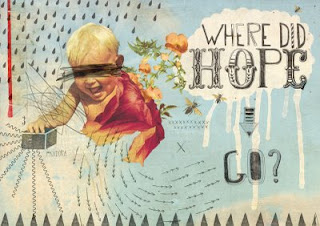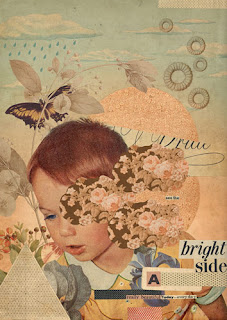I am Cathrine Mboneka. Born on the 24th of July 1992 in Zimbabwe and raised in Luton, England. I started out as a child rather into art. Around the age of 6 is when I can mostly remember as being the start of my interest in art. I was amused by illustrations in a Ladybird book that I used to own. It wasn't until I was around the age of 12 that I really got into drawing. It started off with my wild imagination pondering into becoming a cartoonist later on in life after being exposed and bombarded by cartoon channels and children's programmes on a day to day basis. I used to make up my own characters and give them personalities and try to sketch them down. This carried on until I was 14.
In high school I was not yet sure what subject in art I wanted to get into. There was only 1 art class and the first thing that came to my mind is that it would only be Fine Art. Rewind back to when I was the age of 12 I had started to experiment on Microsoft paint with my fictional characters, this gave me an idea for some reason that computing and IT would be the subject I would have to do so to do the things i was starting to get in. I was trailed off to do the wrong subject and little did I know about or even heard of Graphic Design.
In high school I learnt about Fine Art and discovered artists like Picasso, Gauguin and other painters. This really got me into painting but that was all. It wasn't until I applied for a foundation in Art and Design that I learnt about so many other aspects of Art. I experimented in photography, print making, mixing media and typography etc. thus guiding me graphic design.
In high school I learnt about Fine Art and discovered artists like Picasso, Gauguin and other painters. This really got me into painting but that was all. It wasn't until I applied for a foundation in Art and Design that I learnt about so many other aspects of Art. I experimented in photography, print making, mixing media and typography etc. thus guiding me graphic design.
Below is an example of my wine glasses and bottles painting I made using acrylic paint on wood. I did a cubism style work piece here.
Below is another piece I did in 2009 in my foundation class using tracing paper, water colour, tea staining, pencils colours and oil pastels which was a research page I did on culture in Korea. This is usually what I love doing in most of my work, mixing media to create different textures and tones. This was the peak of my illustrating skills. My first look into illustration.
Later on in 2010 and 2011 I mostly worked on my graphic design side. I studied graphic design at Barnfield College for two years and during that I expanded more into printmaking and monoprinting. Below are 2 example of printmaking I did and then I enhanced and added colour on Photoshop. These were meant to be posters on a poetry assignment and the line from the poem was "my incomplete unsatisfied words"
My style of working is rather messy. I don’t really get too much into detailing but I think shapes can characterize more than detailing. During this time at Barnfield studying graphic design, I was exposed to various techniques of making pictures. Screen printing, linocuts, etching etc. something that would like to explore in the future myself. This also takes me back to when I was around 15/16 years old when I used to experiment on Photoshop with brushes and such. I would say at first I really enjoyed going on the computer more than constructing things myself however I would like my future work to be somewhat more practical
Another aspect I really got into was page layouts and book design design which brought me back a memory to when I was looking at my ladybird book. We were then given a project on book cover design and below is a picture of what I did.
As you can see by the title "The Diary Of Anne Frank" it was a project based on Anne Frank. Tried to capture the innocence of childhood by showing the children as white (which represents pure) and then the actions of the children running away from something to represent fear and the black background for mystery.
The work I frequently do is inspired by, not a specific artist, nevertheless a certain style or element of an Artist. For example I like using earthy colours a lot for watercolour based imagery just like Arthur Rackham and on the other side when it comes to Pop Art, I like primary colours that stand out just like most of Roy Lichtenstein’s work. My layout of type is similar to Jan Tschichold’s and I truly admire the way he places text around a page. I like to cut an paste pictures/bits and bobs I like and create a collage too like Eduardo Recife. These Type of Eduardo Recife styles can be found in my Polyvore illustrations i did here on my official polyvore





















.jpg)







